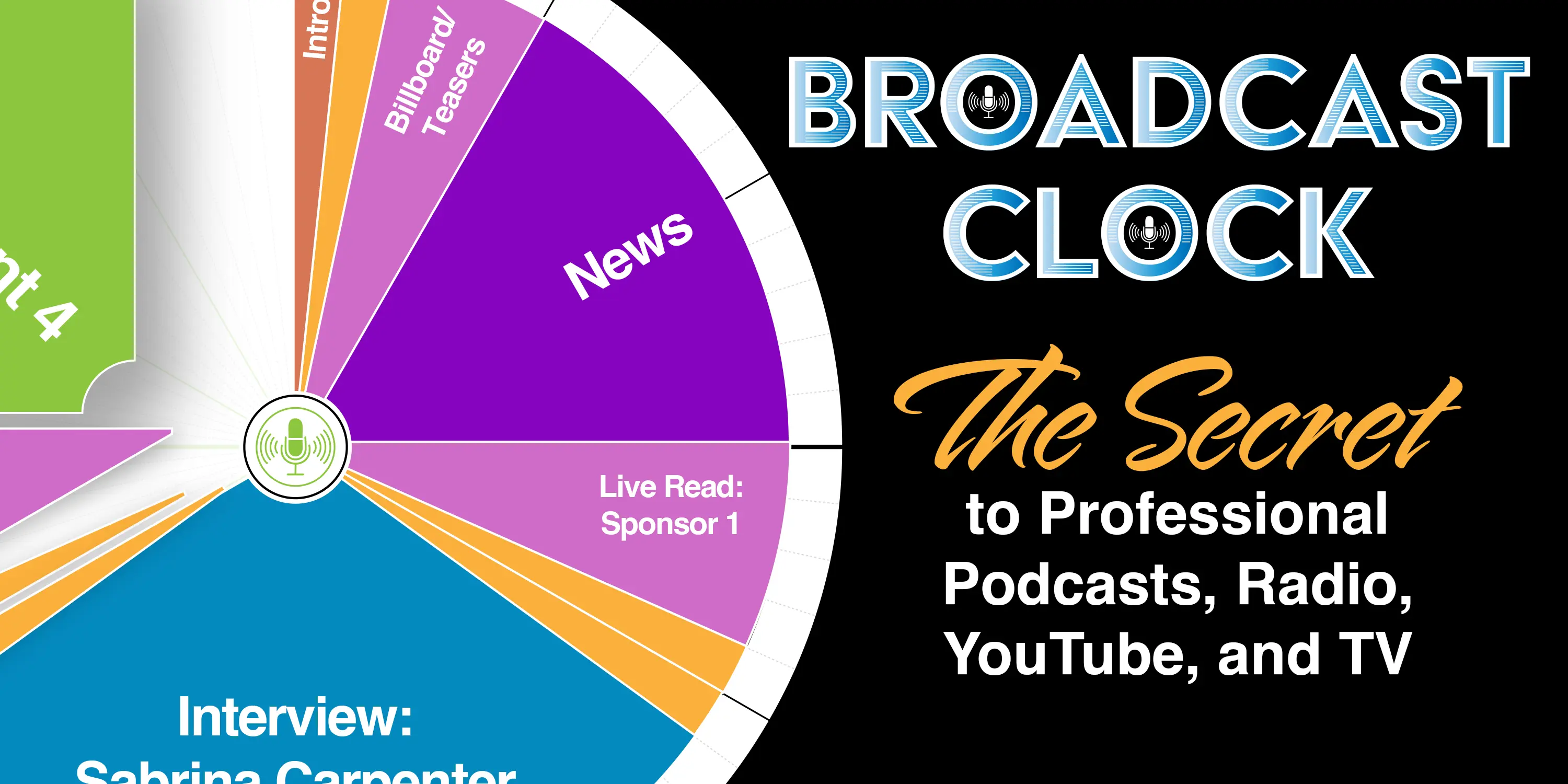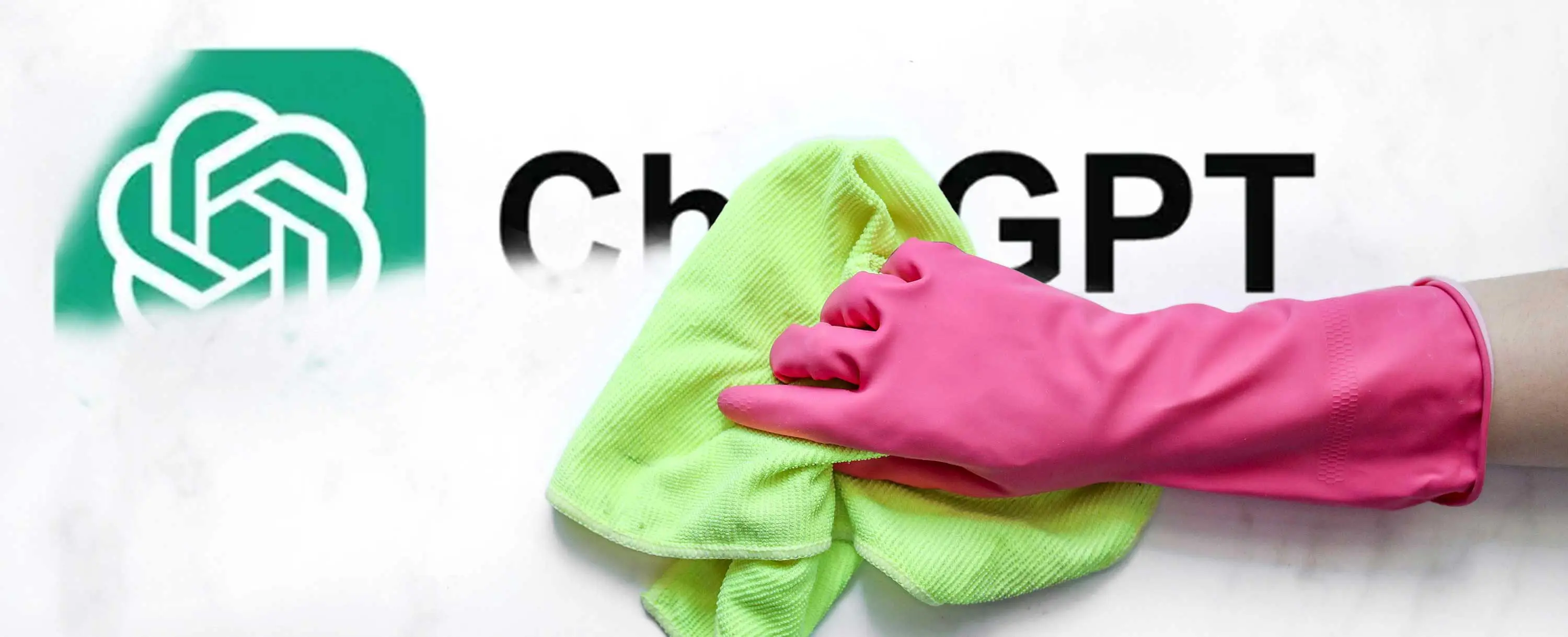Broadcast Clock: The Secret to Professional Podcasts, Radio, YouTube, and TV
Ready to Elevate Your Broadcast from Amateur to Pro? The Secret is the Broadcast Clock!
In the fast-paced world of media—whether it’s traditional radio, television, booming podcasts, engaging YouTube videos, or dynamic live streams—structure and precision are paramount. What separates a rambling, unpolished broadcast from a tight, professional, and captivating one? Often, it’s a tool known by many names: the broadcast clock.
Let’s dive deep into what broadcast clocks are, why they’re non-negotiable for any serious media creator, and how they can transform your content.













